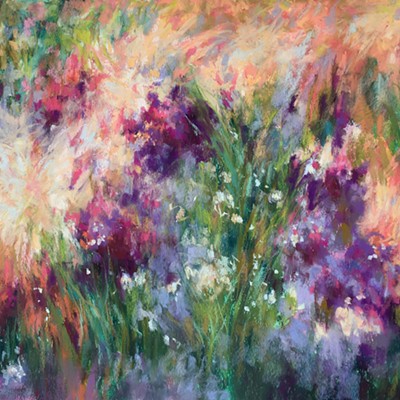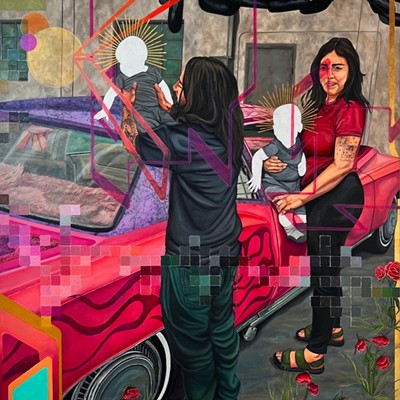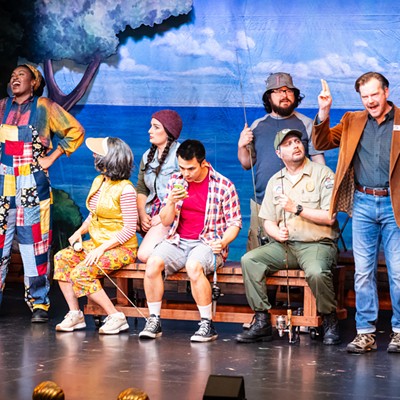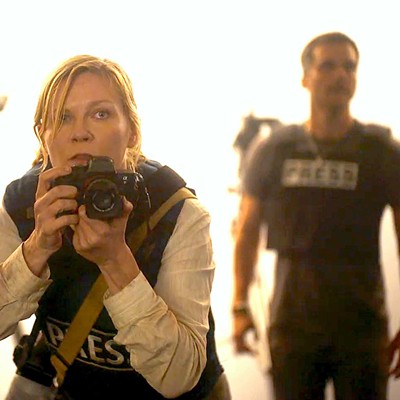Artist Chris Chapman grew up in Southern California, where she formed a strong bond with the distinct regional elements of nature. Warm, wide-open spaces filled with seasonal highlights of the landscape formed the backbone of a career she would devote to art and preservation.

“It’s just something I’ve always loved,” she said. “I’m someone who is observant, and I love to observe nature.”
Chapman will bring her natural talents for art and her keen observation skills to the Wildling Museum in Solvang for a workshop on May 18 titled Botanical Illustration: Flowers, Plants, and Trees. Chapman is known for her botanical illustrations, a format she’s been working in for many years.
Botanical art traces its history back more than 1,500 years when a Roman army doctor began to record medicinal plants and herbs. By the 18th century, botanical illustrators were in high demand, as materials and processes for painting improved and exhaustively detailed pieces could be produced as a manner of scientific or academic record. Artists such as Sydenham Edwards and Austrian illustrator Ferdinand Bauer produced many remarkable pieces during the late 18th century.
Today botanical paintings and illustrations remain in high demand, but not for scientists—for collectors and art appreciators. It’s a popular format that has made its transition from the pages of dusty tomes to merchandise such as tote bags and gift cards, a relic of the past thriving in the age of Pinterest.
For artists such as Chapman, a renowned illustrator and conservationist who lives in the Santa Ynez Valley, the format merges two of her greatest passions.
“I had been a painter for a number of years, and I always loved to garden,” Chapman said. “So it was a natural fit. It’s the act of looking close up that I find heightens my senses.”
Chapman said a big part of the joy of painting botanicals is working in accordance with the seasons. California is a region of seasonality, and with that comes a big range in subject matter over the course of a year. For artists, that’s a gold mine of versatility in their work.
“You realize the whole purpose of the plant is working in accordance with the seasons,” Chapman said. “It works to flower and fruit and drop it’s leaves. Even the leaf structure works with the life span of the plant. I find it very meditative.”
Currently, Chapman is working on a series of botanicals focused on springtime. She said she specifically likes to focus on native plants, especially those indigenous to the Central Coast and Santa Barbara County.
The region has many vibrant and unique flora; in the oak woodlands alone there are a lot of yarrow, sages, coastal sage scrub, and more.
“In our foothills, into the hard chaparral, there’s the ceanothus [California lilac], mountain mahogany, and manzanitas,” Chapman said. “It’s really fun to go from the beach with the coastal sunflowers up through those layers of chaparral, which follows the geology of our area as well.”
For novices who want to try their hand at botanical illustration, Chapman suggests starting with some basic tools. A pencil and a soft white eraser are a good way to begin building a toolbox, she said. Her own process involves some unique steps to ensure she gets the image she wants.
“I usually start with a loose drawing in my sketchbook with a softer pencil,” she said. “Because it travels easier across the paper. I like to feel my way more freely with the initial sketch.”
She then outlines the sketch and will often use a lightbox, tracing the original drawing onto watercolor paper, creating more exact lines with a pen over the pencil. This allows her to have a pristine surface on the watercolor paper, with no abrasions or eraser marks.
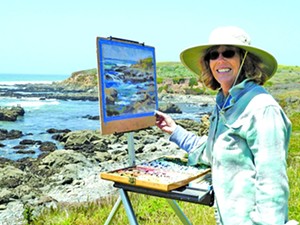
In the upcoming workshop she plans to host at the Wildling, Chapman said she is asking her students to bring something from their own hyper-local area (their home, office, commute, etc.). It’s a suggestion that applies to all beginners in the format, and the object doesn’t have to be a plant, either. Botanical painting techniques and theory don’t necessarily have to be limited to flora.
“It could be a seashell,” Chapman said. “It could be a feather. But I like to encourage people to work from life, if possible.”
Painting from real objects as opposed to photographs encourages artists to have more tactile interaction with their subject matter. A vase of flowers, for example, can be moved, allowing the artist to observe the varying ways light plays on different angles and textures.
“You can turn it around and see where the stems branch,” Chapman said. “Whether they’re pairs or alternating, and how the leaves clasp together, or if they are separate-—all that is a big eye opener and is rather magical.”
Arts and Lifestyle Writer Rebecca Rose is part of the local fauna. Contact her at [email protected].


